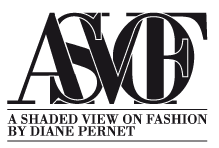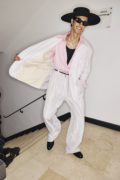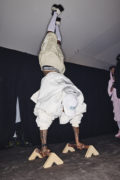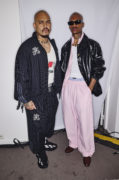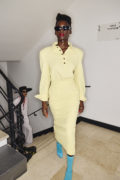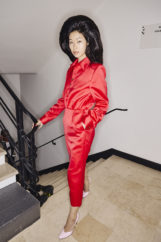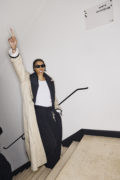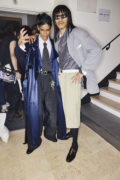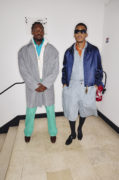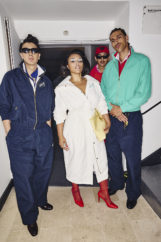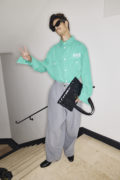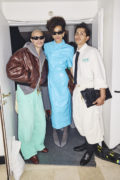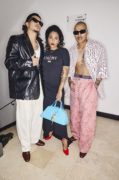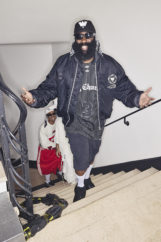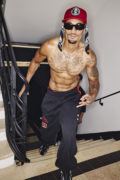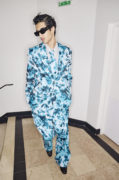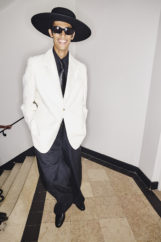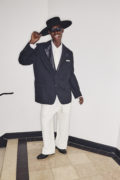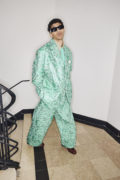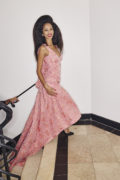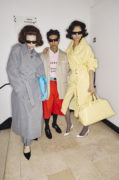Dear Shaded Viewers,
Willy Chavarria’s Spring/Summer 2026 collection, unveiled yesterday at Salle Pleyel in Paris, was more than a fashion show—it was a profound act of storytelling, activism, and cultural reclamation. Titled “Huron” after his hometown in California’s San Joaquin Valley, the collection wove together themes of identity, resilience, and social justice, all while pushing the boundaries of contemporary tailoring and color.
The show’s opening was a bold statement: 35 men, dressed in white shorts and T-shirts created in partnership with the ACLU, took to the runway in a formation evoking the plight of immigrants detained and deported by ICE. Models knelt, hands clasped behind their backs, in a visceral tableau that echoed the realities faced by marginalized communities in the United States. This moment set the tone for a collection that refused to shy away from the political, instead using fashion as a vehicle for reflection and resistance.
Chavarria’s signature oversized, sharply tailored silhouettes were present, but this season he introduced a significant expansion into womenswear. Hourglass blazers, pencil skirt sets, trench dresses, and voluminous gowns in unexpected, off-kilter pastels and bold hues—Butter, Red Hot, Uniform Green, and Bourdin Blue—brought a fresh vibrancy to his aesthetic. The collection nodded to classic zoot suits and workwear, but with a contemporary twist, blending streetwear influences with high-fashion finesse.
The color palette was both subversive and celebratory, inspired by preppy Americana yet deliberately “off” to challenge traditional notions of status and belonging. Chavarria described this as a “subversive take on preppy style,” using color and silhouette to empower the wearer and assert cultural identity..
Casting was a central pillar of the show’s message. Chavarria’s open call in Paris attracted over 1,000 unrepresented models, emphasizing his commitment to inclusivity and authentic representation. The runway featured a diverse array of faces, including celebrated model Paloma Elsesser, who embodied the collection’s message of dignity and strength. This approach reinforced Chavarria’s belief that fashion should reflect and uplift those often excluded from elite spaces.
The accessories, designed in collaboration with Rebeca Mendoza, included luxe handbags finished with jangling keys—a nod to Chavarria’s working-class upbringing and the everyday realities of his community. These thoughtful details grounded the collection in personal narrative while elevating its luxury credentials.
Alongside the runway, Chavarria debuted an extended trailer for “HEART OF THE VALLEY,” a short film exploring his return to Huron and the stories of its residents. This multimedia approach deepened the collection’s emotional resonance, connecting the garments to real lives and struggles.
Willy Chavarria’s “Huron” was not just a showcase of fashion, but a rallying cry for visibility, dignity, and cultural pride. By merging political urgency with sartorial innovation, Chavarria delivered a collection that was both deeply personal and universally resonant. In a fashion landscape often preoccupied with “quiet luxury,” Chavarria’s work stood out as unapologetically bold, compassionate, and necessary—a testament to the enduring power of style as social commentary.
